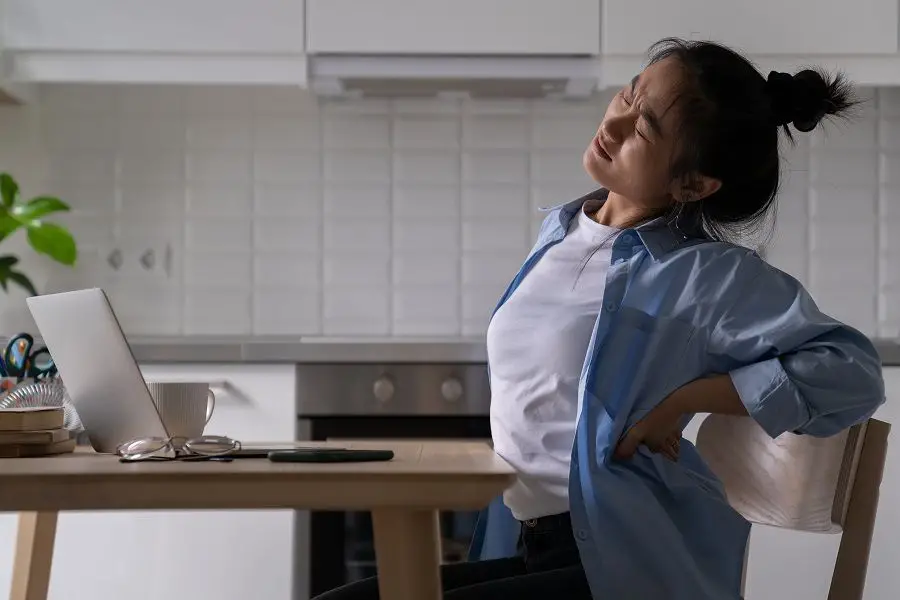Back pain is the discomfort felt in the back. It can range from a dull, constant ache to a sudden, sharp feeling. Acute back pain is common and usually goes away on its own over time. Back pain can be caused by a number of factors, including:
Spinal Stenosis
Stenosis is a term that describes a narrowing of the spinal canal, which is also known as foraminal stenosis when it occurs in the lumbar spine, and neuro foraminal stenosis when it occurs in the cervical spine. It is most commonly caused by a congenital abnormality that is present from birth, but it can also develop due to trauma or arthritis of the spine. The condition can also be caused by cancer that has metastasized to the spinal column.
Stenosis occurs when the nerve roots become compressed within the narrow opening where they exit the spinal column. This can cause pain, numbness, and weakness in the legs and feet. As the pressure on the nerves continues, the condition can worsen to the point that it causes chronic pain and/or weakness in the lower extremities. In some cases, the patient’s balance may be affected as well when the nerves are damaged.
Scoliosis
Scoliosis affects somewhere between 2 and 3 percent of the population or up to 6 million people in the United States alone! It is most common in girls between 10 and 15, then tapers off around age 20.
Scoliosis causes the spine to curve to the side instead of a straight line down the middle. This can cause back pain, as well as scoliosis-specific symptoms like posture problems and difficulty breathing. Doctors believe that if left untreated, scoliosis can be painful and even lead to disability. That’s why it’s best to treat it as early as possible.
Spondylolisthesis
Loss of disc height is a common cause of back pain. When the spinal discs change shape, they can become misaligned and slip out of place, which can result in inflammation of the surrounding tissue. This can cause pain in the lower back or neck. Disc height loss can be caused by a variety of factors, including degenerative disc disease, trauma from an injury, congenital conditions, and infections.
Herniated disc
A herniated disc is a spinal injury that can cause back pain and other symptoms. It occurs when one of the discs that cushion the vertebrae in the spine slips out of position, often when lifting something heavy or twisting the body awkwardly.
The condition is generally treated with rest, ice, physical therapy, over-the-counter anti-inflammatory medications, muscle relaxants, and steroid injections into the affected area. If these methods do not relieve symptoms, surgery may be used to remove the damaged disc.
A herniated disc can cause pain throughout the back, typically over the area where the affected disc is located. People with the condition also report feelings of numbness, tingling, and weakness in nearby muscle groups. These symptoms are often worse in the morning after sleeping on the affected side.
Pinched Nerve
To better understand pinched nerves, it helps to understand exactly what the sciatic nerve is and what it does in the body. The sciatic nerve is a thick grouping of nerves that runs from the lower back down the back of each leg ending at your feet. It is formed from five individual nerve roots that branch off the spinal cord in the lower back. Those nerve roots are what become inflamed and painful when suffering from a compressed or pinched nerve.
Please reach out to Florida Regional Pain Management, PA: Shonith Manohar, MD, in Jacksonville, FL, to schedule a consultation with Dr. Manohar. You can call us at (904) 737-7246 or schedule a consultation online, and we’ll guide you further.
